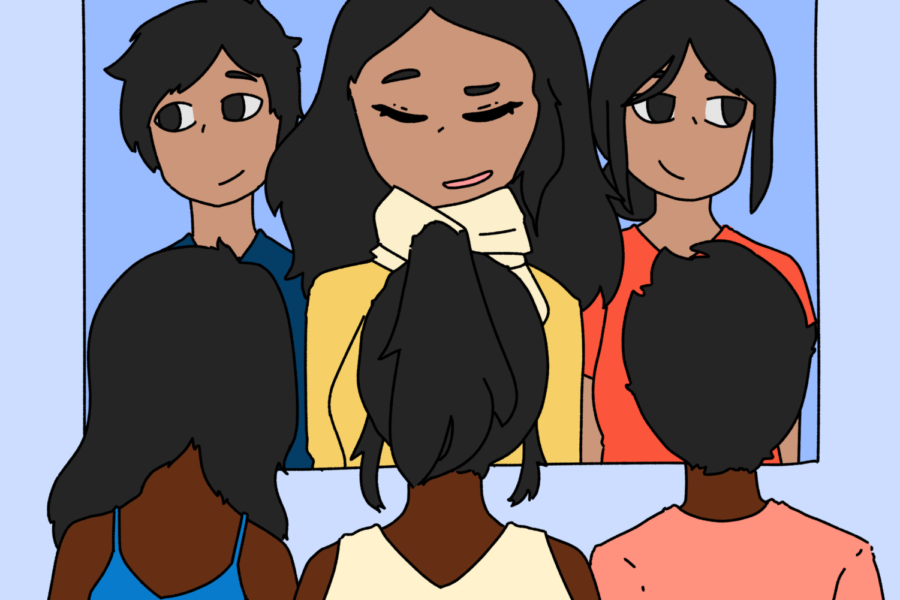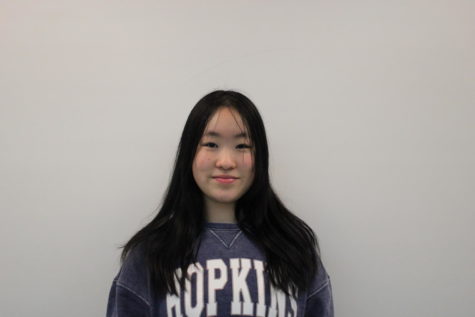How colonialism and colorism shaped Bollywood
The roots of colorism reach all the way back to Britain’s colonization of India.
October 29, 2021
Since the beginning of Bollywood, colorism has played a huge role in determining who becomes a star and who does not. Even in the 21st century, Bollywood still has a heavy influence from colonialism and its old caste system. The more Caucasian a Bollywood actor looks, the more likely they “make it” in the industry, creating the twisted beauty ideals ravaging India today. Even though it seems that these ideals were created at the start of Bollywood, colorism began long before its beginning.
Prior to the 18th century, Britain and India had a friendly relationship and traded with one another. But in 1757, after the Battle of Plassey, Britain began taking more and more of India’s land and eventually gained control over the entire country. When it came to interaction between the British and the Indians, the British officials consistently favored the lighter skinned Indians over the darker skinned ones. They were given better jobs and more opportunities, while the darker skinned Indians were treated like trash.
In Ancient India, there was a system known as the caste system that put people into four groups. The lowest was the untouchables, the worst of the worst. All they did was clean streets and do the dirty work. There was no way out of your group, as it was assigned by the gods since before your birth. Because the untouchables spent all day out in the sun, while the higher groups had cushy, office-type jobs, they naturally were darker. Eventually, dark skin became associated with the untouchables and was a sign of poverty.
Hundreds of years later, something happened that would change the Indian beauty industry forever. In March 1975, a large company known as Hindustan Unilever launched a product they called “Fair & Lovely” across Southasia. The idea was that darker girls could use these creams to bleach their faces and make them lighter.
To this day, “Fair & Lovely” (now known as “Glow & Lovely”) is extremely popular in India. Prior to her Hollywood debut, Priyanka Chopra starred in a Garnier ad, which is another popular skin-lightening cream. She has since apologized for her previous endorsements after she got backlash for posting a Black Lives Matter message on various social media platforms.
But still, colorism continues to run rampant in Bollywood, as if it’s stuck in the 18th century. Despite the numerous actors trying to make it in the industry, producers, directors and casting agents have a set group that they stick to. Some of these people include Deepika Padukone, Kareena Kapoor and Salman and Shah Rukh Khan. All of them have lighter shades of skin and follow Eurocentric beauty ideals, including big eyes and high cheekbones.
Although these actors are probably wonderful people, the message that they send by being casted continuously is harmful. Girls are making their own bleaching creams, using makeup that is lighter than their real shade and powdering their faces because society has told them that they are worthless if they are dark. They are told they are unmarriable, which shouldn’t even be a measure of a girl’s worth in the first place, and will automatically be treated worse by their peers and teachers.
Because of all this negativity, multiple groups across South Asia have noticed the flaws in the system and are working to dismantle colorism. One way they are doing this is by protesting ads for creams that will give light skin.
After the backlash, the Advertising Standards Council of India issued guidelines in 2014, stating that “ads should not reinforce negative social stereotyping on the basis of skin color” or “portray people with darker skin [as]…inferior, or unsuccessful in any aspect of life particularly in relation to being attractive to the opposite sex.”
Another sign of progress in addressing colorism in Bollywood is with the “Dark is Beautiful” campaign, which has encouraged companies to change their marketing strategies. The advocacy campaign, which was launched in 2009, draws attention to the unjust effects of skin color bias in society and fights against colorism. Now, many fairness creams are repackaged as brightness or glow creams to avoid controversy. This can be seen with “Fair & Lovely”—the company replaced “Fair” with “Glow” in order to eliminate any words that propagated racial stereotypes. In addition, some cosmetics companies stopped advertising fairness products but continue to offer them in their catalog, in order to create a progressive image and reputation.
Although there still is a long way to go, progress is being made to address the issue of colorism in Bollywood and its heavy influence on Indian society today.




